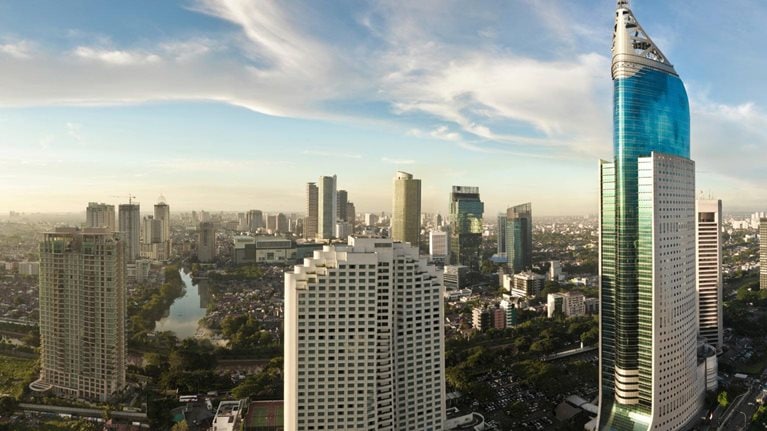What makes a great city? It is a pressing question because by 2030, 5 billion people—60 percent of the world’s population—will live in cities, compared with 3.6 billion today, turbocharging the world’s economic growth. Leaders in developing nations must cope with urbanization on an unprecedented scale, while those in developed ones wrestle with aging infrastructures and stretched budgets. All are fighting to secure or maintain the competitiveness of their cities and the livelihoods of the people who live in them. And all are aware of the environmental legacy they will leave if they fail to find more sustainable, resource-efficient ways of managing these cities.
To understand the core processes and benchmarks that can transform cities into superior places to live and work, McKinsey developed and analyzed a comprehensive database of urban economic, social, and environmental performance indicators. The research included interviewing 30 mayors and other leaders in city governments on four continents and synthesizing the findings from more than 80 case studies that sought to understand what city leaders did to improve processes and services from urban planning to financial management and social housing.
The result is How to make a city great (PDF–2.1MB), a new report arguing that leaders who make important strides in improving their cities do three things really well:
- They achieve smart growth. Smart growth identifies and nurtures the very best opportunities for growth, plans ways to cope with its demands, integrates environmental thinking, and ensures that all citizens enjoy a city’s prosperity. Good city leaders also think about regional growth because as a metropolis expands, they will need the cooperation of surrounding municipalities and regional service providers. Integrating the environment into economic decision making is vital to smart growth: cities must invest in infrastructure that reduces emissions, waste production, and water use, as well as in building high-density communities.
- They do more with less. Great cities secure all revenues due, explore investment partnerships, embrace technology, make organizational changes that eliminate overlapping roles, and manage expenses. Successful city leaders have also learned that, if designed and executed well, private–public partnerships can be an essential element of smart growth, delivering lower-cost, higher-quality infrastructure and services.
- They win support for change. Change is not easy, and its momentum can even attract opposition. Successful city leaders build a high-performing team of civil servants, create a working environment where all employees are accountable for their actions, and take every opportunity to forge a stakeholder consensus with the local population and business community. They take steps to recruit and retain top talent, emphasize collaboration, and train civil servants in the use of technology.
Mayors are only too aware that their tenure will be limited. But if longer-term plans are articulated—and gain popular support because of short-term successes—leaders can start a virtuous cycle that sustains and encourages a great urban environment.
Download the full report, How to make a city great (PDF–2.1MB).


